
Captain Noel Godfrey Chavasse, was an English medical doctor, Olympic athlete, and British Army officer from the Chavasse family. He is one of three people to be awarded a Victoria Cross twice, the others being Arthur Martin-Leake and Charles Upham.
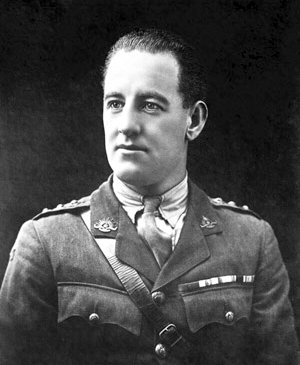
Albert Jacka, was an Australian recipient of the Victoria Cross, the highest decoration for gallantry "in the face of the enemy" that can be awarded to members of the British and Commonwealth armed forces. Jacka was the first Australian to be decorated with the VC during the First World War, receiving the medal for his actions during the Gallipoli Campaign. He later served on the Western Front and was twice more decorated for his bravery.
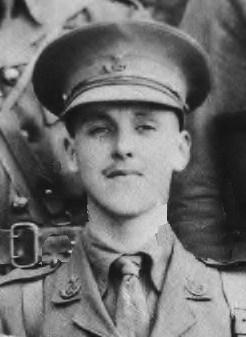
Brigadier-General Roland Boys Bradford, VC, MC was a British Army officer and an English recipient of the Victoria Cross, the highest award for gallantry in the face of the enemy that can be awarded to British and Commonwealth forces. His elder brother, Lieutenant Commander George Bradford, was also awarded the Victoria Cross, making them the only pair of brothers to be awarded the medal during the First World War.
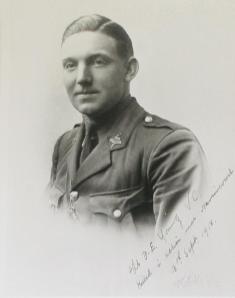
Frank Edward Young VC was a recipient of the Victoria Cross, the highest and most prestigious award for gallantry in the face of the enemy that can be awarded to British and Commonwealth forces.
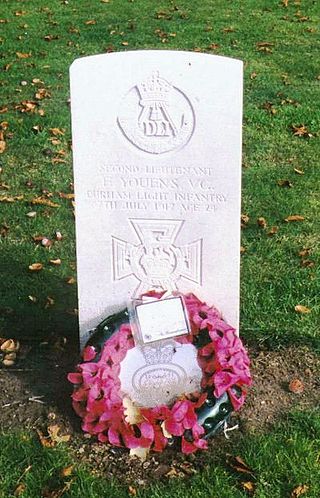
Frederick Youens VC was an English recipient of the Victoria Cross, the highest and most prestigious award for gallantry in the face of the enemy that can be awarded to British and Commonwealth forces.
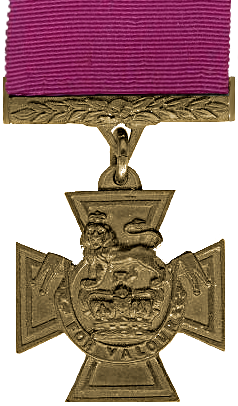
George Campbell Wheeler VC was a recipient of the Victoria Cross, the highest and most prestigious award for gallantry in the face of the enemy that can be awarded to British and Commonwealth forces.

Thomas Orde Lawder Wilkinson VC, was an English-born Canadian and British Army officer who was a recipient of the Victoria Cross (VC), the highest and most prestigious award for gallantry in the face of the enemy that can be awarded to British and Commonwealth forces. A soldier with the Loyal North Lancashire Regiment during the First World War, he was posthumously awarded the VC for his actions on 10 July 1916, during the Battle of the Somme.

Lieutenant Colonel Daniel Burges, VC, DSO was an English recipient of the Victoria Cross, the highest and most prestigious award for gallantry in the face of the enemy that can be awarded to British and Commonwealth forces.
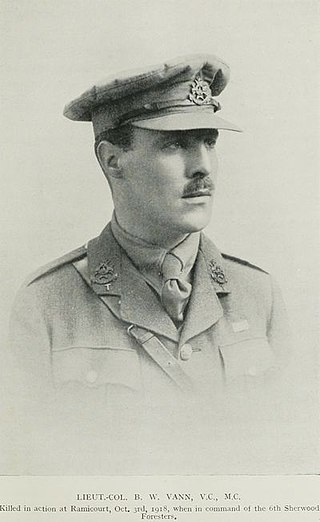
Lieutenant Colonel Bernard William Vann, was an English recipient of the Victoria Cross (VC), the highest and most prestigious award for gallantry in the face of the enemy that can be awarded to British and Commonwealth forces. Also an ordained priest, he was the only cleric of the Church of England to be awarded the VC in the First World War for his actions as a combatant.
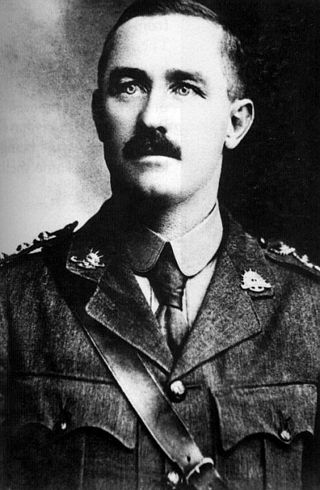
Major Frederick Harold Tubb, VC was an Australian recipient of the Victoria Cross, the highest award for gallantry in the face of the enemy that can be awarded to British and Commonwealth forces.
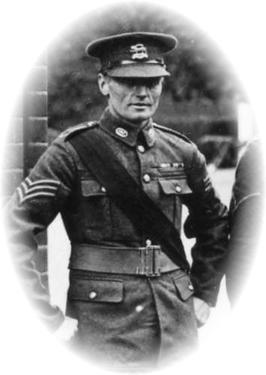
Thomas Steele VC was an English recipient of the Victoria Cross, the highest and most prestigious award for gallantry in the face of the enemy that can be awarded to British and Commonwealth forces. A soldier with the Seaforth Highlanders during the First World War, he was awarded the VC for his actions on 22 February 1917, during the Mesopotamian campaign.
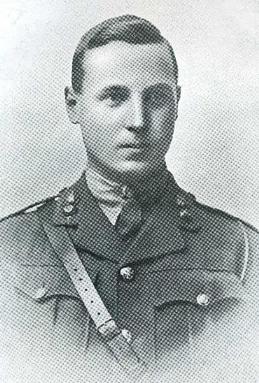
John Manson Craig, VC was a British Army officer and Scottish recipient of the Victoria Cross, the highest award for gallantry in the face of the enemy that can be awarded to British and Commonwealth forces.
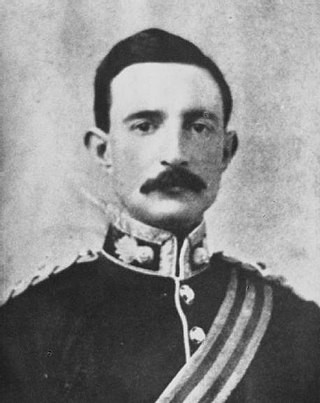
Brigadier-General Charles FitzClarence, VC was an Anglo-Irish recipient of the Victoria Cross, the highest and most prestigious award for gallantry in the face of the enemy that can be awarded to British and Commonwealth forces.

Donald MacKintosh VC was a Scottish recipient of the Victoria Cross, the highest and most prestigious award for gallantry in the face of the enemy that can be awarded to British and Commonwealth forces.
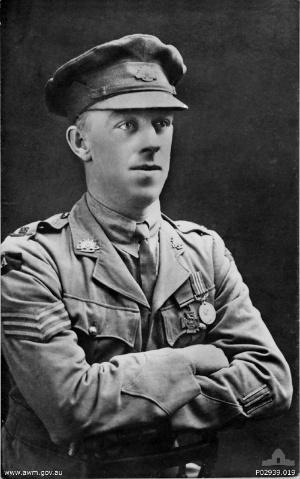
George Julian "Snowy" Howell, VC, MM was an Australian recipient of the Victoria Cross, the highest decoration for gallantry "in the face of the enemy" that can be awarded to members of the British and Commonwealth armed forces. Howell was decorated with the Victoria Cross following his actions during the Second Battle of Bullecourt, in which he ran along the parapet of a trench bombing the German forces attacking his position through the use of grenades, and thus driving them back.
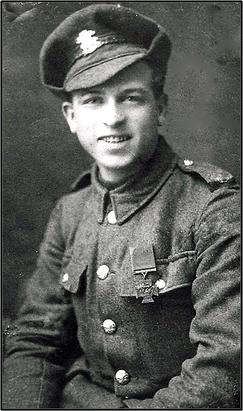
Lance Corporal Hubert William Lewis was a Welsh soldier and recipient of the Victoria Cross, the highest and most prestigious award for gallantry in the face of the enemy that can be awarded to British and Commonwealth forces.
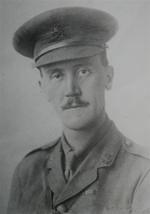
Lieutenant-Colonel Edward Elers Delaval Henderson VC was a British recipient of the Victoria Cross, the highest and most prestigious award for gallantry in the face of the enemy that can be awarded to British and Commonwealth forces.

Captain Edgar Kinghorn Myles, was a British Army officer and an English recipient of the Victoria Cross (VC), the highest award for gallantry in the face of the enemy that can be awarded to British and Commonwealth forces.

Hardy Falconer Parsons VC was an English recipient of the Victoria Cross, the highest and most prestigious award for gallantry in the face of the enemy that can be awarded to British and Commonwealth forces.

Private James Henry Finn VC was a British Army soldier and an English recipient of the Victoria Cross, the highest and most prestigious award for gallantry in the face of the enemy that can be awarded to British and Commonwealth forces. He was also awarded the Order of Karageorge, which is Serbia's equivalent to the Victoria Cross.

















